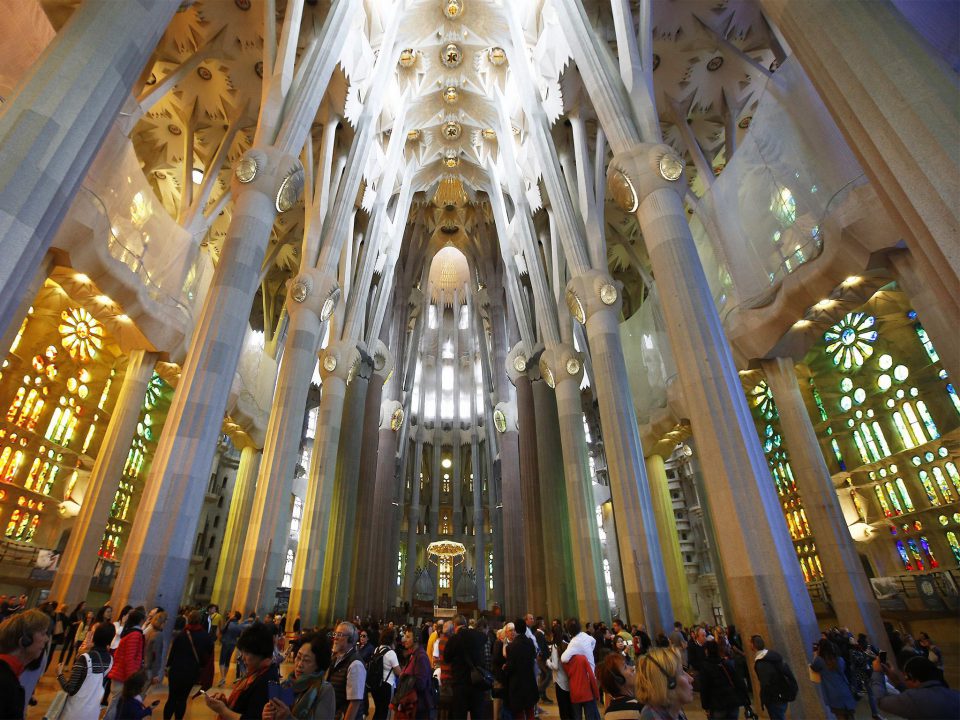Bangladesh country profile
Share this with Facebook
Share this with Twitter
Share this with Messenger
Share this with Messenger
Share this with
These are outer links and will open in a fresh window
Share this with Facebook
Share this with Messenger
Share this with Messenger
Share this with Twitter
Share this with Pinterest
Share this with WhatsApp
Share this with LinkedIn
These are outer links and will open in a fresh window
Close share panel
Bangladesh is one of the world’s most densely populated countries, with its people crammed into a delta of rivers that empties into the Bay of Bengal.
Poverty is deep and widespread, but Bangladesh has in latest years diminished population growth and improved health and education.
Formerly East Pakistan, Bangladesh came into being only in 1971, when the two parts of Pakistan split after a bitter war which drew in neighbouring India.
Bangladesh spent fifteen years under military rule and, albeit democracy was restored in 1990, the political scene remains volatile.
Islamist extremism has been rising in the usually tolerant country.
The low-lying country is vulnerable to flooding and cyclones, and stands to be badly affected by any rises in sea levels.
FACTS
People’s Republic of Bangladesh
Capital: Dhaka
Population one hundred sixty two million
Area 143,998 sq km (55,598 sq miles)
Major language Bengali
Major religion Islam, Hinduism
Life expectancy sixty nine years (studs), seventy years (women)
LEADERS
Abdul Hamid, formerly the Speaker of parliament, was elected unopposed to the ceremonial post in 2013.
Prime minister: Sheikh Hasina
Sheikh Hasina commenced a third term as prime minister in January two thousand fourteen after her Awami League won elections boycotted by the opposition amid an ongoing political crisis.
Politics has long been predominated by bitter rivalry inbetween two women: Sheikh Hasina and Khaleda Zia of the Bangladesh Nationalist Party.
Both have been prime minister at various times since 1991.
Their hostility stems in part from differences over who played a greater role in the country’s independence fight – Hasina’s father, Sheikh Mujibur Rahman, or Khaleda Zia’s spouse, General Ziaur Rahman.
They sank their differences when military ruler Hossain Mohammad Ershad was in power from one thousand nine hundred eighty two to 1990, but they have been uncompromising rivals ever since.
MEDIA
Four bloggers who criticised religious fundamentalism were murdered in 2015. One of them was reportedly on a hit-list of bloggers published by a Bangladeshi Islamist group at the end of 2014.
TIMELINE
Some key dates in the history of Bangladesh:
1947 – British colonial rule over India finishes. A largely Muslim state comprising East and West Pakistan is established, either side of India. The two provinces are separated from each other by more than 1,500 km of Indian territory.
1971 – Independence after a nine-month war, with India backing the Bengali nationalists against Pakistan.
1973 – Very first parliamentary elections give the Awami League a landslide victory.
1975 – A military coup sees founding president Sheikh Mujibur Rahman and most of his family members killed, putting an end to civilian rule.
1979 – 2nd parliamentary elections brings former army chief Ziaur Rahman’s Bangladesh Nationalist Party (BNP) to power.
1981 – Ziaur Rahman assassinated during abortive military coup.
1982 – General Ershad assumes power in army coup. He suspends the constitution and political parties.
1991 – Fifth parliamentary elections, brings the BNP under Zia’s widow, Khaleda Zia, back to power. The country comes back to a parliamentary system of government.
